Purple Loosestrife Removal Project
Help Stop the Spread of Purple Loosestrife
This summer, give just a few hours of your time and help stop the spread of this invasive species. Join us Tuesday, August 3rd for the downtown Grayling to Burton’s Landing float and/or Saturday, August 7th for the Wakeley Bridge to McMasters float. Each event runs from 9am to 2pm. Lunch and all the tools and instruction you’ll need are provided. Please bring your own work gloves and waders. If wet wading, wear closed-toe footwear. The work is fun, satisfying and accessible to all able-bodied volunteers through a simple system of cutting and bagging the stems, flowers and seeds. And you don’t have to be a member of ARPOA to join us. Everyone is welcome!To learn more about how easy it is to remove Purple Loosestrife and why it’s a danger to the river, keep reading!
A Brief History
In 2009, the ARPOA Board committed to a five-year program to address purple loosestrife, an aggressive invasive plant, on the Au Sable Mainstream. The effort started with an inventory from Grayling to McMasters Bridge. In 2010, volunteers, in partnership with the DNR and Huron Pines, began digging and bagging purple loosestrife for disposal. The inventory was extended to Parmalee Bridge and then further, in 2013, to the mouth of the river in Oscoda. Very little purple loosestrife was found between Mio and Foote Dam.
In 2011, the first major volunteer event was held and in 2012, purple loosestrife leaf-eating beetles were raised and released in areas with the densest populations of plants. Digging efforts continued. The Au Sable River Watershed Committee joined the partnership to battle invasives in the watershed and funded the release tens of thousands of beetles on the Mainstream and South Branch over several years.
Every year since at least one volunteer event has been held to remove purple loosestrife, disposing hundreds of industrial bags full of roots and stems, and removal has gotten easier as we’ve refined our methods. After some experimenting, we are now cutting and bagging the stems, flowers and seeds in order to starve the roots and eventually kill the plant within a few years.
Education of the public has become a priority. 2021 will be the twelfth year of a five-year project and there doesn’t appear to be an end in sight. The original hope of eradication has realistically changed to control. Thanks to dedicated ARPOA volunteers, the number of plants is less every year, making all the hard work very well worthwhile.
*Keep an eye out for updates and removal events in our newsletters.
Common Questions about Purple Loosestrife
Why is Purple Loosestrife considered an invasive plant?
Purple Loosestrife (PL) is an invasive plant for these reasons: it is non-native, it out-competes native plants, it is costly to control, and is environmentally destructive. It comes from Eurasia and first showed up in North America in the 1800’s. It was brought here accidently in soils used as ship’s ballast (and used to fill wetlands) and on livestock. It was also brought here on purpose as ornamental plants and for folk medicine (used to treat diarrhea, eczema, bleeding of the gums, and more.) It is estimated that PL overtakes 200,000 hectares (about 500,000 acres) of wetlands in North America every year.
Purple Loosestrife has beautiful flowers. Why is it so bad?
Its true, PL is very pretty but so is Blue Vervain, a native plant that is found in similar habitats and that feeds several species of birds with its seeds and hosts the verbena moth and common buckeye butterfly. In ditches and other waterways, PL can grow so thick it cuts off the flow of water. No North American native animals will eat PL and waterfowl will actually avoid wetlands where PL has a strong presence. PL will out-compete and crowd out native plants like cattails that provide food and home for native animals. Also, PL is illegal to sell, trade, plant, or share in Michigan per Michigan’s Natural Resources Environmental Protection Act.
Why isn’t Purple Loosestrife a problem where it is a native plant?
In Eurasia, where PL is native, it has natural predators. Over 100 insects eat purple loosestrife in its home habitat including leaf-eating beetles, root-boring weevils, and flower-eating weevils. After years of testing, first in Europe and then in North America, several insects have been approved to control PL here. The most common are the leaf-eating beetles Galerucella pusilla and G. calmariensis.
How does Purple Loosestrife reproduce?
PL is “hardwired” to survive in Michigan. A mature plant can be seven feet tall and have 30-50 stems. It can produce over two and a half million seeds which can remain viable in the soil for over two years. PL seeds also germinate several degrees cooler than native seeds thus giving it an earlier start in the spring. PL also sprouts from root tips left in the soil after digging the plant for disposal and from pieces of stems that fall in the stream after cutting or mowing.
